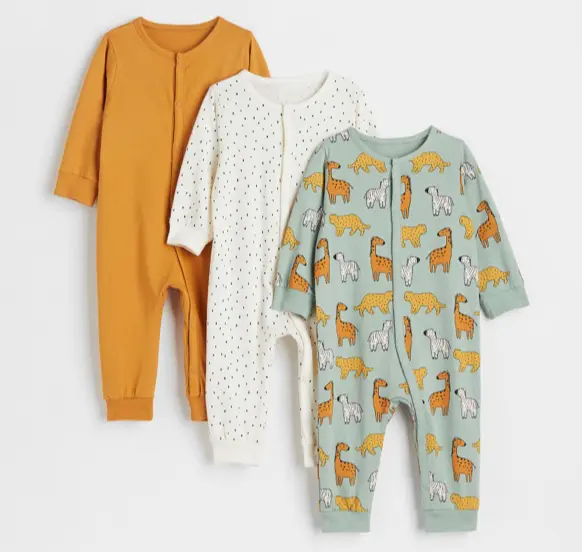- June 11, 2024
Teething Pain Relief

Find effective teething pain relief solutions that soothe your baby’s discomfort quickly and safely. Our recommended teethers and remedies are designed to provide gentle and lasting relief, ensuring happier days and more restful nights for your little one
Effective Solutions for Your Baby’s Comfort
Introduction Teething is a challenging phase for both babies and parents. The discomfort and pain associated with emerging teeth can lead to sleepless nights and fussy days. As an SEO expert, I understand the importance of providing valuable content to help parents navigate this stage. This article delves into various teething pain relief methods, ensuring your baby remains comfortable and happy.
Understanding Teething Pain When babies begin teething, typically around six months, they experience pain and irritation as their teeth push through the gums. Symptoms often include drooling, swollen gums, irritability, and a tendency to chew on objects. Understanding these symptoms helps in identifying effective relief strategies.
Top Teething Pain Relief Solutions
1. Teething Toys Teething toys are a safe and effective way to soothe your baby’s gums. Look for BPA-free and phthalate-free options. Brands like Nubby and Sophie la Giraffe offer excellent products that are both safe and effective. These toys can be chilled for added relief.
2. Cold Washcloth A cold washcloth can provide immediate relief for teething pain. Simply wet a clean cloth, place it in the fridge, and let your baby chew on it. The cold numbs the gums, reducing pain and inflammation.
3. Teething Gels Teething gels containing natural ingredients like chamomile and clove oil can be gently applied to your baby’s gums. Ensure the product is free from harmful chemicals and consult your pediatrician before use.
4. Massage Gently massaging your baby’s gums with a clean finger can alleviate discomfort. This method also helps stimulate blood flow, promoting quicker healing.
5. Cold Food and Drink Offering cold foods like chilled fruits (for older babies) and cold water can provide relief. Ensure that the food is appropriate for your baby’s age and always supervise during feeding.
The Importance of Safety Safety is paramount when choosing teething pain relief methods. Avoid using teething necklaces or any objects that could pose a choking hazard. Always supervise your baby during teething relief activities and consult your pediatrician for advice on using any new products.
Natural Remedies for Teething Pain Natural remedies can be a great alternative for teething relief. Here are a few effective options:
-
- Chamomile Tea: A small amount of cooled chamomile tea can be rubbed on the gums to soothe inflammation.
-
- Cucumber Slices: Chilled cucumber slices can be a safe and soothing snack for teething babies.
-
- Essential Oils: Diluted essential oils like lavender can be massaged on the baby’s jawline to reduce pain.
Conclusion Teething is a significant milestone in your baby’s development, but it doesn’t have to be a painful one. By utilizing safe and effective teething pain relief methods, you can ensure your baby remains comfortable and happy. Always prioritize safety and consult with healthcare professionals when in doubt. With the right approach, you can navigate this phase with ease and confidence.
FAQs
-
- What are the signs my baby is teething? Common signs include drooling, gum swelling, irritability, and a tendency to chew on objects.
-
- Are teething gels safe for my baby? Teething gels can be safe if they contain natural ingredients and are free from harmful chemicals. Always consult your pediatrician before use.
-
- Can I use essential oils for teething pain relief? Diluted essential oils like lavender can be used to massage the jawline, but always ensure they are safe for infants and consult with a healthcare professional.
-
- Is it safe to give my baby cold food for teething relief? Yes, cold foods like chilled fruits can provide relief, but always ensure they are age-appropriate and supervise your baby during feeding.
-
- How long does the teething phase last? Teething typically starts around six months and can continue until your baby is around three years old. The intensity and duration of symptoms vary for each child.
Tags







